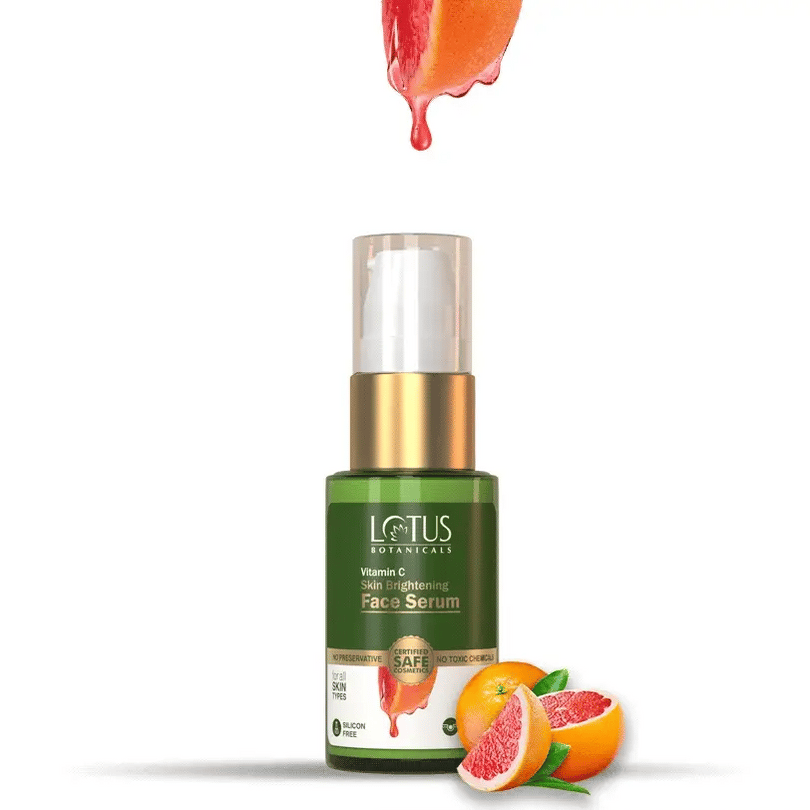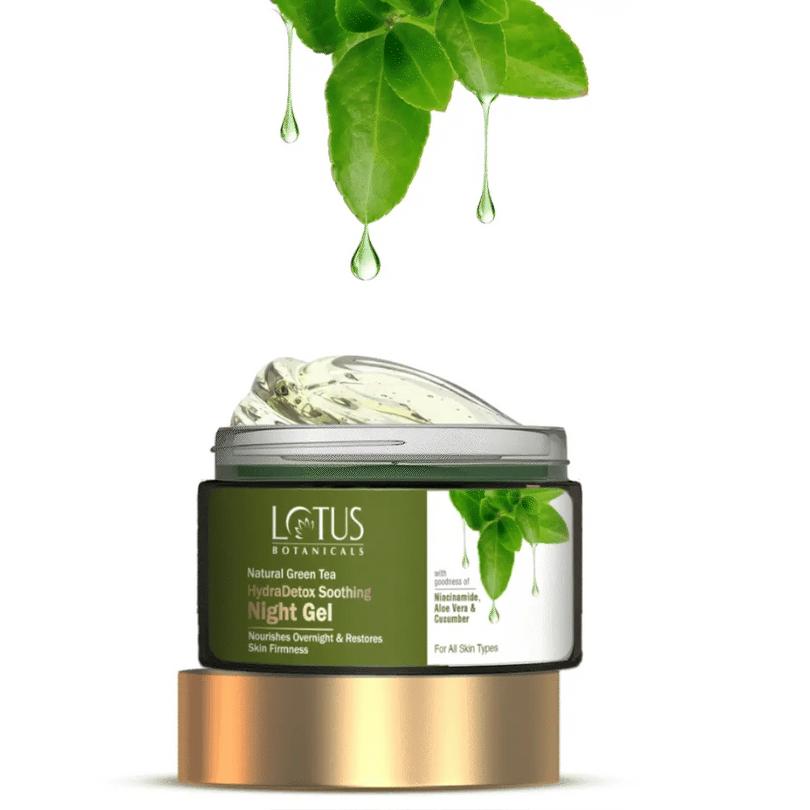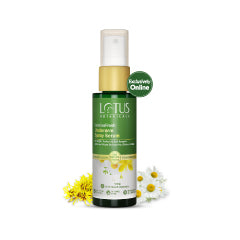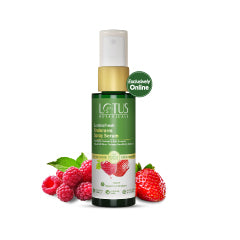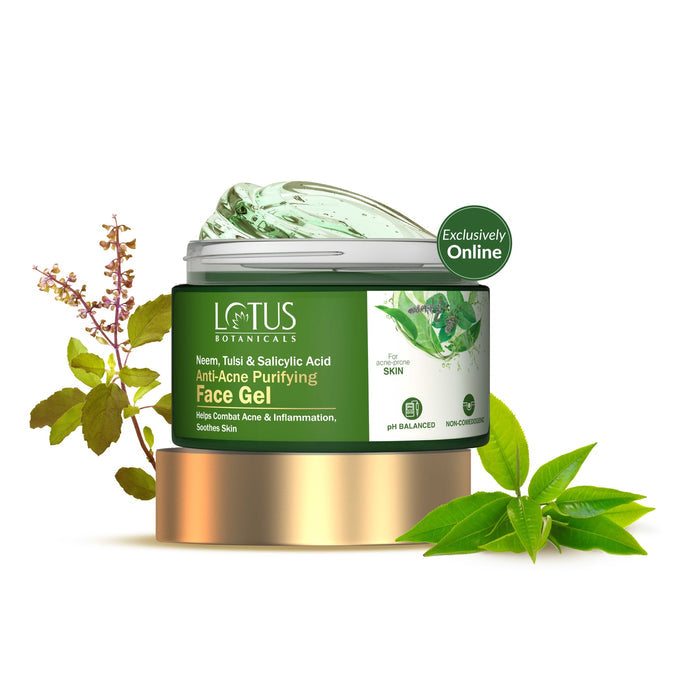
Highlights
-
What is Hyperpigmentation?
-
Common Causes of Underarm Hyperpigmentation
-
Diagnostic Approach of Underarm Hyperpigmentation
-
Treatment Modalities for Underarm Hyperpigmentation
-
Underarm Hyperpigmentation Preventive Strategies
-
When to Seek Professional Help?
Dark underarms can be annoying and even a little embarrassing. This happens when the skin under your arms gets darker than the rest of your body. It’s pretty common—about 18% of people around the world deal with it, and women are more likely to have this issue.
There are lots of reasons why this happens. Shaving too often, wearing tight clothes, sweating a lot, or using certain deodorants can all make your underarms darker.
Sometimes, health conditions like insulin resistance or hormone changes can play a role too.
But the good news is, you don’t have to live with it. A combination of the right skincare, treatments, and small lifestyle changes can help brighten your underarms and make them look even-toned again.
This guide will show you what causes dark underarms, how to fix them, and what you can do to keep them from coming back.

What is Hyperpigmentation?
Hyperpigmentation occurs when some patches of skin turn darker than the rest. This is because of too much melanin, the pigment that gives skin its color. It can happen for many reasons—too much sun, hormone changes, certain medicines, or even skin injuries like cuts, burns, and acne.
People with darker skin are more likely to get dark spots after their skin gets inflamed, like after a breakout.
In fact, acne-related dark spots can affect up to 65% of people with darker skin.
If your underarms are affected, getting dermatologist underarm advice can help you find out what’s causing it and how to treat it.
Common Causes of Underarm Hyperpigmentation
Underarm hyperpigmentation happens when the skin in your armpits gets darker than usual. This can be caused by different things, like extra melanin in the skin or certain changes in the skin itself. Some common reasons for this include the following:
1. Acanthosis Nigricans (AN)
Acanthosis nigricans (AN) is a skin condition that causes dark, velvety patches, usually in places like the underarms. It often goes hand in hand with insulin resistance and obesity.
Research shows that about 74% of obese people have AN, making it a common sign of weight-related health issues.
Some groups are more likely to have it than others. In the U.S., around 13.3% of African Americans, 5.5% of Latinos, and 34.2% of Native Americans are affected.
Since AN can be a warning sign for serious health problems, especially in certain groups, it’s important to pay attention to it.
2. Post-Inflammatory Hyperpigmentation (PIH)
Sometimes, the skin gets darker after a cut, burn, or even acne. This happens because the skin makes extra melanin while healing.
Underarms are especially prone to this because of shaving, waxing, or even wearing tight clothes that cause friction. All that irritation leads to dark patches over time.
People with darker skin tones tend to get these spots more easily, and they can last for months or even years if not taken care of properly.
3. Fungal Infections
Tinea versicolor is a common skin problem caused by too much yeast growing on the skin. It leads to patches that look lighter or darker than the rest of the skin, usually showing up on the chest, back, neck, or underarms.
People with darker skin tones might notice these patches appearing as dark brown or grayish-black spots. This happens because the yeast messes with normal skin color.
Hot weather, oily skin, and a weak immune system can make someone more likely to get it.
The good news is that antifungal creams can help clear it up and bring back the skin’s natural color.
4. Contact Dermatitis
Contact dermatitis is a skin reaction that happens when something irritates or triggers an allergy. It causes redness, itching, and swelling.
Underarm rashes, often from deodorants, antiperspirants, or shaving creams, can feel itchy or even burn. If the skin keeps getting irritated, it might turn darker as it heals.
Tight clothes rubbing against the skin can make it worse. The best way to deal with this is to figure out what’s causing the reaction, switch to gentle, fragrance-free products, and wear loose clothes to avoid rubbing.
Diagnostic Approach of Underarm Hyperpigmentation
A systematic diagnostic approach is essential to identify these causes and determine appropriate treatment strategies.
1. Clinical Examination
Doctors check underarm dark spots by looking at the skin’s color, texture, and how much of the area is affected.
They also see if both sides look the same or if the dark patches are only in certain spots. If the skin feels thick or soft like velvet, it might be a sign of a condition linked to weight or insulin problems.
Small skin growths, like tags, can also give doctors more clues. By paying close attention to these details, they can figure out what’s causing the dark spots and find the right way to treat them.
2. Patient History
Getting a full patient history is super important when figuring out why someone has dark underarms.
Take this example: A patient comes in with darkened skin under their arms. After asking a few questions, it turns out they shave a lot and use the same deodorant regularly.
They also mention that diabetes runs in their family. This could mean a few things—their skin might be irritated from shaving, they could be having a reaction to the deodorant, or it might be linked to a health issue like acanthosis nigricans, which is tied to insulin resistance.
Understanding a patient’s history helps doctors get to the root of the problem and choose the right treatment.
3. Laboratory Tests
Doctors use lab tests to figure out why some people get dark patches under their arms. Blood tests can check for things like diabetes or insulin problems, which might be linked to acanthosis nigricans—a condition that makes the skin thick and dark in certain areas.
Sometimes, they take a tiny piece of skin to look at it under a microscope for a better idea of what's going on. A special light, called a Wood’s lamp, can also help show changes in skin color that aren’t easy to see otherwise.
These tests help doctors find out what’s causing the darkening and decide the best way to treat it.
Treatment Modalities for Underarm Hyperpigmentation
Dark underarms can be frustrating, but the good news is there are ways to treat hyperpigmentation. Lotus Botanicals has specially designed products to help even out skin tone and brighten the underarm area. Here are some effective ways to manage and reduce underarm pigmentation.
1. Topical Agents
If you are dealing with dark underarms, the right skincare can make a big difference.
Lotus Botanicals has some amazing products to help brighten your skin and fade discoloration. The Papaya & Niacinamide Brighten & Glow Skin Clarifying Super Serum is packed with papaya extract to gently exfoliate and niacinamide to even out your skin tone—perfect for reducing dark spots.
If you’re looking for extra exfoliation, the Pineapple Gentle Resurfacing Serum with AHA, BHA, and PHA helps smooth out rough patches and fade hyperpigmentation over time.
Using these serums regularly can leave your underarms looking brighter and more even-toned.
2. Exfoliation
Keeping your underarms bright and even-toned is all about regular exfoliation. It clears away dead skin, letting fresh, healthy skin shine through. This helps fade dark spots and smooth out rough patches over time.
A great way to do this is with natural scrubs, like Lotus Botanicals’ Ubtan De-Tan Radiance Face Scrub. Packed with turmeric, rose, sandalwood, and chickpea powder, it gently removes dirt and dead skin while keeping your skin soft and glowing.
Adding a good exfoliator to your routine can make a big difference in tackling underarm discoloration and keeping your skin healthy.
3. Moisturization
Keeping your underarms moisturized is super important if you want to deal with dark patches. When your skin stays hydrated, it heals better and gets less irritated, which means less discoloration.
Lotus Botanicals has a Vitamin C Skin Brightening Face Moisturiser, and since Vitamin C is great for brightening skin, it might seem like a good choice.
But face creams aren’t always the best for underarms because the skin there is more sensitive. That’s why Lotus Botanicals created the LuminaFresh Underarm Spray Serum. It has Witch Hazel and Chamomile, which help calm the skin and even out tone.
Using a product made just for underarm care can make a real difference in keeping the skin smooth and healthy.
4. Sun Protection
Too much sun can make underarm darkness worse because it boosts melanin, the stuff that gives skin its color. To keep this from happening, it's a good idea to protect your underarms from UV rays.
Using a strong sunscreen, like Lotus Botanicals' Carrot & Niacinamide Glow and De-Tan Mineral Sunscreen SPF 50+ PA++++, can help. It blocks harmful rays while also keeping the skin healthy with carrot extract and niacinamide.
These ingredients work together to reduce dark spots and keep your skin tone even.
Regular use can stop the underarms from getting darker and help them look brighter over time.
Underarm Hyperpigmentation Preventive Strategies
Keeping your underarms from getting dark is all about being kind to your skin, picking the right products, and making a few simple changes to your daily routine. Harsh chemicals, friction, and sweating can all lead to dark patches, but a little care goes a long way. Here’s how you can keep your underarms looking even-toned and healthy.
1. Gentle Hair Removal Techniques
Keeping your underarms smooth without dark spots means picking the right hair removal method. Shaving is quick, but it can cause tiny cuts and irritation, which might make the skin darker over time.
Waxing pulls hair from the root, so you don’t have to do it as often, which can help prevent irritation. But if done the wrong way, it can still be harsh on the skin.
Laser hair removal is another choice—it works by slowing hair growth and may reduce dark spots caused by other methods.
The key is to find what works best for your skin to keep it soft and even-toned.
2. Thoughtful Skincare Product Selection
Taking care of your underarms the right way can help prevent dark spots. Some skincare products have harsh chemicals that irritate sensitive skin, making it darker over time.
That’s why it’s best to choose gentle options without strong fragrances, alcohol, or harsh ingredients. Lotus Botanicals has a great solution with its LuminaFresh Underarm Spray Serums.
Made with natural ingredients like Witch hazel, chamomile, raspberry, strawberry, and more, it helps control sweat, evens out skin tone, and keeps you feeling fresh all day.
The formula is super gentle, so you don’t have to worry about irritation—just smooth, odor-free underarms.
3. Appropriate Clothing Choices
Wearing tight clothes can make your underarms darker because of all the rubbing.
When fabric keeps brushing against your skin, it gets irritated, and your body reacts by making more melanin, which causes dark patches.
This happens a lot with snug, synthetic tops that don’t let your skin breathe.
To avoid this, go for loose, comfy clothes made of cotton. They don’t rub as much and let air flow better, helping keep your underarms from getting too dark.
4. Maintaining a Healthy Weight
Keeping a healthy weight is important if you want to avoid dark patches under your arms, especially when it comes to conditions like acanthosis nigricans. This skin issue causes dark, thickened areas in body folds like the underarms and is often tied to extra weight and insulin problems.
When you carry too much weight, insulin levels can rise, leading to faster skin cell growth and unwanted darkening. Eating well and staying active can help keep your insulin in check and lower the chances of developing these patches.
Figuring out the right weight isn’t just about a number on the scale. Age, height, sex, and body build all play a role. Many people use BMI (Body Mass Index) to see if they’re in a healthy range, but it’s not perfect. It doesn’t consider things like muscle, bone weight, or body shape. That’s why it’s best to check with a doctor for a more accurate idea.
Here’s a simple chart showing healthy BMI ranges for different heights.
|
Height (ft/in) |
Height (cm) |
Healthy Weight Range (BMI 18.5–24.9) |
|
4'10" |
147.32 |
91–119 lbs (41.3–54 kg) |
|
5'0" |
152.40 |
95–128 lbs (43.1–58 kg) |
|
5'2" |
157.48 |
99–136 lbs (44.9–61.6 kg) |
|
5'4" |
162.56 |
108–145 lbs (48.9–65.7 kg) |
|
5'6" |
167.64 |
115–154 lbs (52.2–69.9 kg) |
|
5'8" |
172.72 |
125–163 lbs (56.7–73.9 kg) |
|
5'10" |
177.80 |
132–173 lbs (59.9–78.5 kg) |
|
6'0" |
182.88 |
140–183 lbs (63.5–83 kg) |
Note: This table provides approximate weight ranges. Individual factors such as muscle mass, bone density, and overall health should be considered. For a comprehensive assessment, consult a healthcare professional.
Kids and teens grow at different rates depending on their age and whether they’re boys or girls. Doctors use growth charts from the CDC to check if they’re growing in a healthy way. These charts help figure out if their weight is right for their height.
For older adults, having a little extra weight might actually be a good thing. Studies show that people over 65 who have a BMI between 25 and 27 may have better health compared to those who are too thin.
5. Managing Underlying Health Conditions
Taking care of health problems is super important when dealing with dark underarms. Some conditions, like acanthosis nigricans, can make the skin in places like the underarms look darker and feel thicker.
This often happens when someone has issues like insulin resistance or obesity. Losing weight and keeping blood sugar levels in check can help the skin return to its normal color over time.
That’s why it’s a good idea to see a doctor, figure out what’s causing the problem, and treat it the right way.
When to Seek Professional Help?
Dark underarms might not just be about skin tone—it could be your body telling you something important. A condition called acanthosis nigricans can cause dark, velvety patches in areas like your underarms, and it's often linked to insulin resistance, diabetes, or hormonal issues.
If your underarm skin suddenly darkens and starts feeling itchy or thicker, it’s a good idea to see a doctor.
Take this example: Someone notices their underarms getting darker and rougher. They try different creams, but nothing works. The skin even starts to itch a little.
When they visit a dermatologist, they find out it's acanthosis nigricans, a sign of insulin resistance. This leads to early testing and a diagnosis of prediabetes. Catching it early helps them make changes to avoid developing type 2 diabetes.
Paying attention to skin changes isn’t just about looks—it could protect your health.
Conclusion
Dark underarms can be frustrating and make you feel self-conscious. Things like shaving, friction, and certain health conditions, like acanthosis nigricans, can cause this issue. The good news is, there are ways to prevent and treat it. Choosing gentle hair removal methods, wearing breathable clothes, and using products made for sensitive skin can help. Treatments include creams with retinoids or hydroquinone, chemical peels, and laser therapy. A dermatologist can suggest the best option for your skin. Some products, like Lotus Botanicals' LuminaFresh Underarm Spray Serum, can also brighten the area and keep your underarms looking even.
Highlights
-
What is Hyperpigmentation?
-
Common Causes of Underarm Hyperpigmentation
-
Diagnostic Approach of Underarm Hyperpigmentation
-
Treatment Modalities for Underarm Hyperpigmentation
-
Underarm Hyperpigmentation Preventive Strategies
-
When to Seek Professional Help?







